
The first marketing email was sent way back in 1978 and resulted in $13 million in sales even then. Fast forward over four decades, and it’s clear to see that email marketing has well and truly stood the test of time. It’s reliable because it’s proven to have worked for so long and isn’t going anywhere anytime soon.
Email marketing is used by every successful business around the world for its ability to help brands connect with customers and build a loyal following. The nurturing of relationships it provides will in turn lead to increased profits, which is where the bottom line value lies.
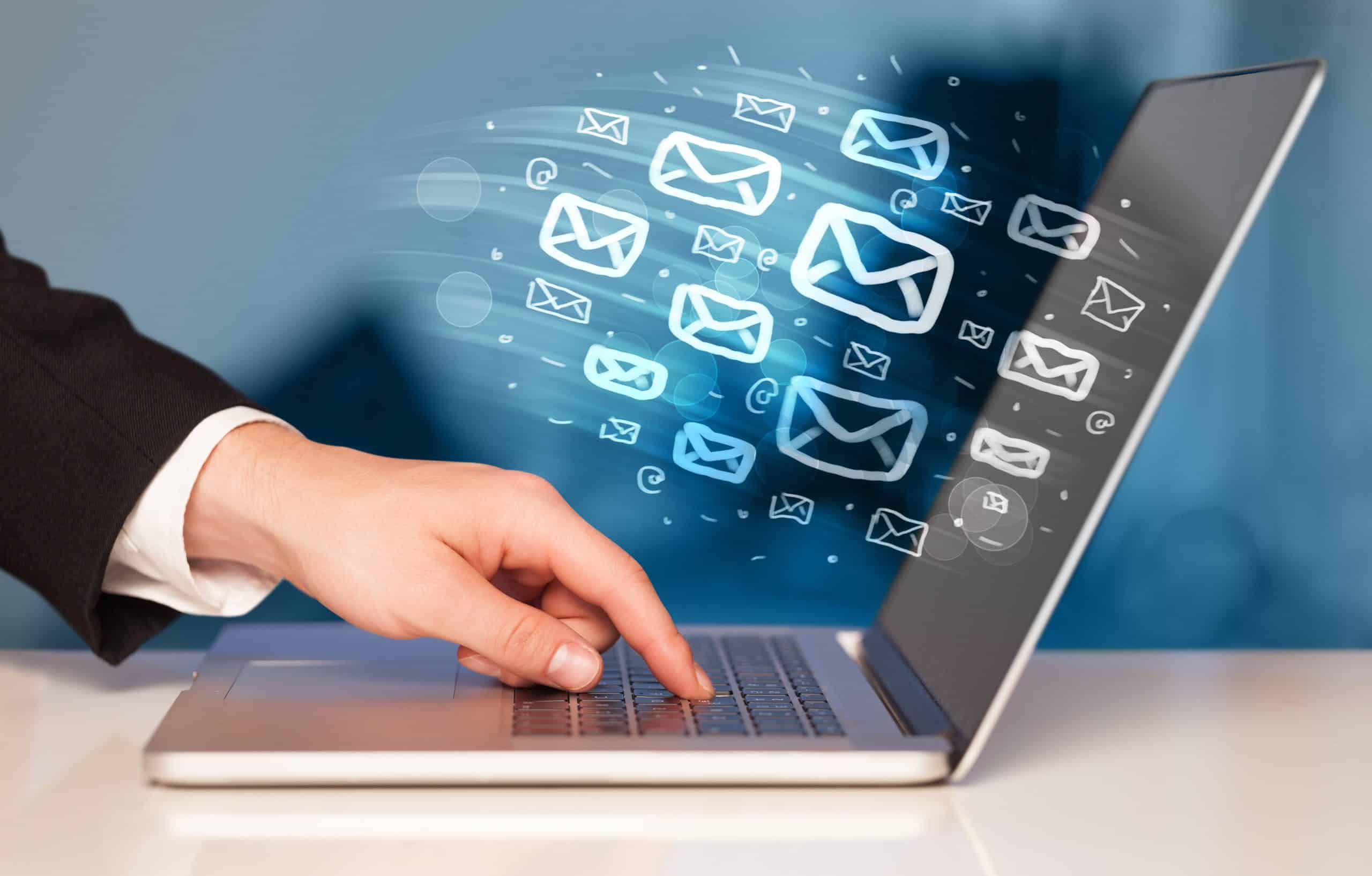
What is Email Marketing?
Email marketing is the method of sending promotional messages to people en masse. Most often, the purpose of email marketing is to generate conversions (from sales to follows), leads or just promote new products, services and general brand awareness.
Need help with your email marketing game?
Our email marketing specialists can help you achieve success.
When should Email Marketing be Used?
There are a number of times email marketing can and should be used by businesses. We’ll go through them below:
- Company newsletters, which can be sent monthly, weekly, or daily.
- Product launches
- New services
- Event updates
- Sales
- Holiday greetings

What are the Benefits of Email Marketing?
The benefits of email marketing are plentiful. There’s a reason it’s been one of the most trusted marketing methods for decades. We’ll go over the top email marketing benefits below.
1. Connect with Customers & Build Loyal Following
Email marketing is one of the best ways to connect with customers and consequently turn them into loyal followers because of the ability to personalize your engagement.
2. Nurture Relationships
Once you’ve connected with your customers and hopefully turned them into loyal followers, you need to nurture those relationships so that they stick around and convert.
3. Build Brand Awareness
One of the best ways to build brand awareness is by putting yourself out there and into the minds of your target audience. That way, when they hit the pain point your company resolves, you’ll be first in mind.
4. Promotion
Email marketing provides the perfect opportunity to promote any existing or new products, services, company updates, events and more. Whether you’ve got a big list of email subscribers or small, don’t waste the opportunity to show them what’s new, what they could have missed or what they might have forgotten about. Of course, there are ways to go about this without making your email feel like one long list of pushy sales efforts. Nobody likes that, and the results would prove it.
The best way to promote things in your emails is subtly and valuably. What does that mean? It means that with everything you do, put your “customer hat” on and take a customer first approach. What does the customer need and want? What would bring value to the customer? What are the customer’s pain points? Answer all those questions with whatever you’re promoting as long as it’s relevant. Essentially, any information you provide must be valuable, relevant and timely, and within that there is room for promotion.
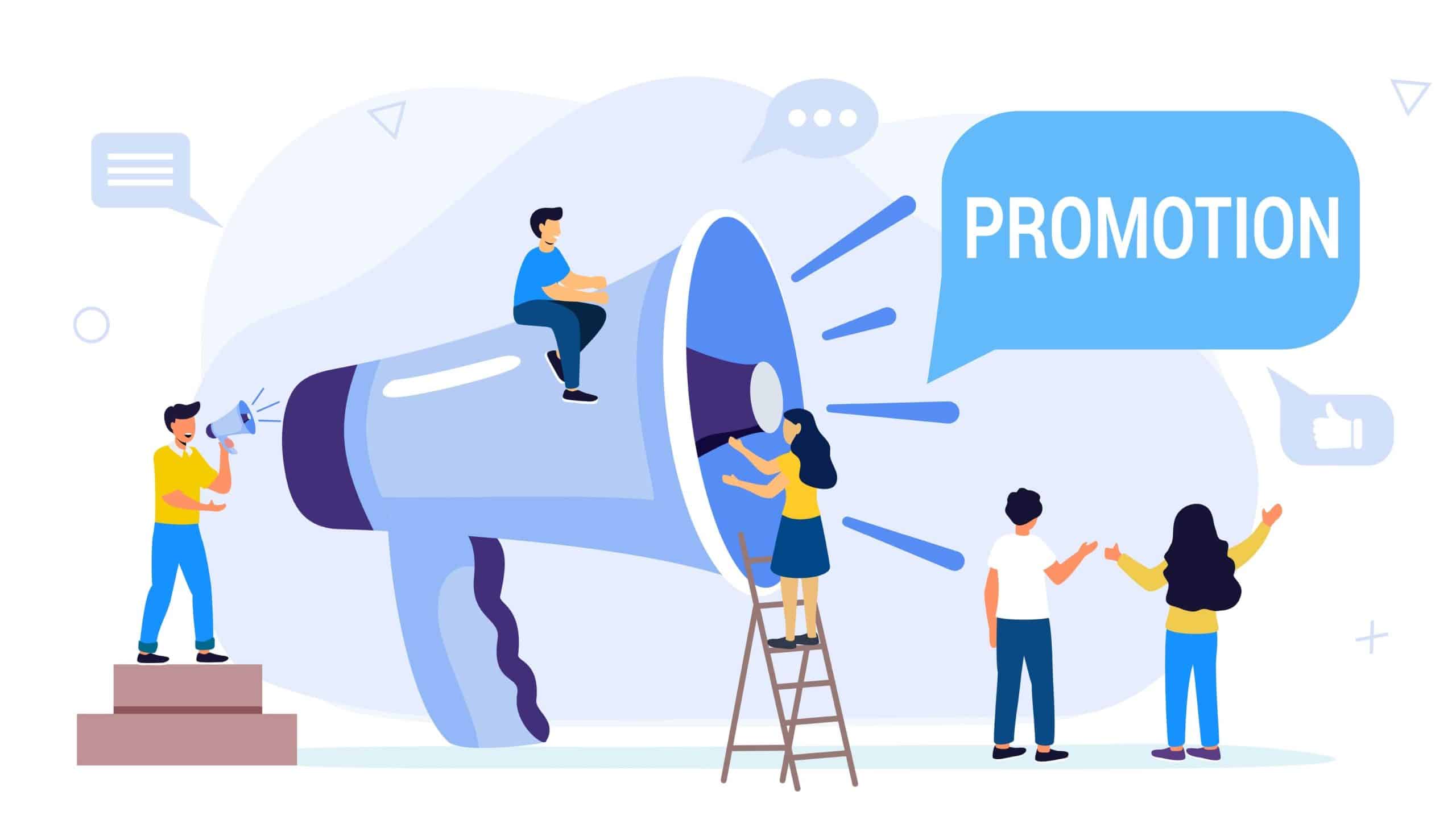
5. Increase Conversions & Leads
As a consequence of building brand awareness, promoting your products and/ or services, connecting with customers and nurturing relationships, you’ll find yourself with…a lot more conversions and leads! The process becomes a self-serving cycle.
6. Increase Profits
This one is kind of obvious, because once you’ve achieved all of the above, the natural next step is to see a rise in profits. Happy customers that are nurtured until they convert and beyond, increased brand awareness and effective promotion of your products or services will all bring you more profit directly or indirectly.
Need help with your email marketing game?
Our email marketing specialists can help you achieve success.
How to Create an Email Marketing Strategy
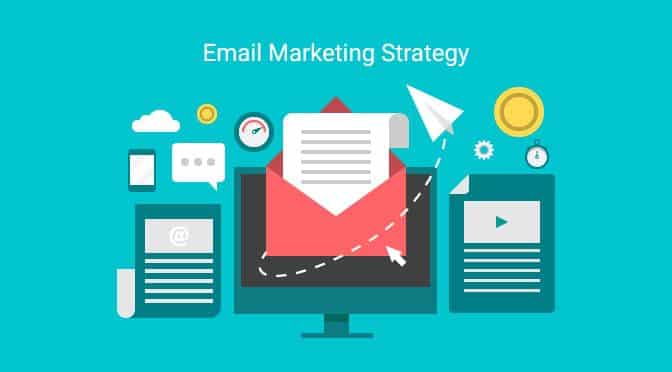
1. Select the Platform
Some popular examples include Mailchimp and HubSpot. They have a wide variety of tools that make the email marketing process as easy as possible with access to data, reports, automation, A/B testing, tracking, templates, segmentation and more.
2. Identify Target Audience
As is the same with any form of marketing, the best way to communicate with people and drive results is by understanding exactly who you’re talking to. Once you’ve defined your target audience, you can work on the best language and imagery to use and where to reach them.
3. Build an Email List/ Grow Current List
You can do this by adding a sign-up form to your website or social media. Or, grow your current list by offering incentives such as exclusive offers and discounts, insider info, early access, etc, or building landing pages with compelling imagery and a clear call-to-action.
4. Segment Audience
If you have multiple categories within your target audience, most email marketing platforms allow you to segment your email campaigns to ensure you’re only sending the right messages to the right people. We recommend segmenting your audience so that you can personalize your emails and tailor who receives what based on their interests. It’s proven that more relevance drives more success. Segmentation leads to better engagement.
5. Plan the Content
Instead of just launching straight into writing a generic update, take time to consider what will provide the most value for your audience, what language and tone they will resonate best with. Remember, take a customer forward approach and think about how everything will sound from their perspective. We recommend avoiding any overly salesy content. Over time, your data will show you what works best (e.g. click-through-rates, etc).
6. Plan the Design
Don’t go overboard – the simpler the better to let the content shine through and the user experience remain strong. Make sure it’s scannable, since often people like to scan through emails and find the bits they’re most interested in. You can either use templates provided within email provider platforms or custom code your designs with HTML.
Make sure your design is on brand with your colour scheme and brand guidelines. That way, subscribers will be able to recognize your brand across different channels.
7. Plan a Schedule & Content Calendar
You don’t have to stick to the same sending frequency each week or month, but it’s worth strategizing so that you strike the perfect balance between too often and too little. Too little and you won’t provide any value and your subscribers may forget about you, too often and you risk irritating them to the point of unsubscription. Like the content, your data over time will be a tell-tale sign as to the right frequency.
Aside from establishing your send frequency, build a content calendar to make sure you never miss a relevant update and enable you to schedule emails in advance.
8. A/B Test Emails
The best way to know what content, design, subject line, etc. to go for is by A/B testing two options against each other. We recommend choosing one to test at a time so that you know exactly what made the difference. Once you’ve A/B tested different styles and seen clear results, it will help you strategize going forward. This is because you’ll have a better understanding of what performs well with your audience. Never just go off your instincts – A/B testing is the only way to see conclusive results. For more information on A/B testing, we have an A/B testing guide for you.
9. Analyze & Track Performance
Building a strategy is a lot about data. That’s why you should analyze and track all of your email campaigns. The data can be used to inform your strategy – click-through-rate, read rate, bounce rate, open rate, engagement over time. Those are all metrics that you should be monitoring within your email marketing performance. You’ll know what needs work and what you’re doing right by the results. Compare them against industry benchmarks if you need an indicator of success.
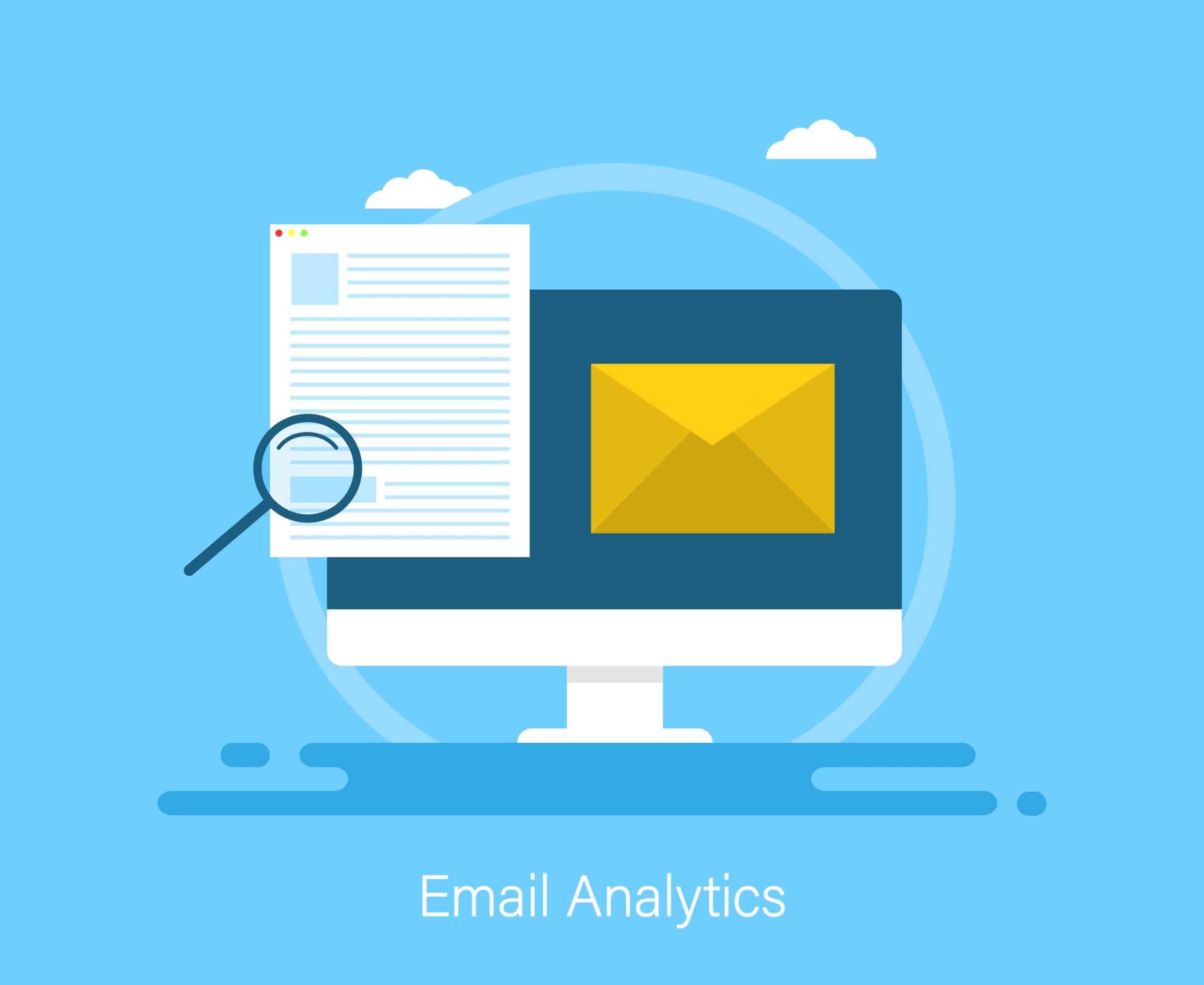
How to Avoid being Marked as Spam
One of the biggest challenges to overcome with email marketing is avoiding spam folders. Every email provider has certain red flags that it will scan for when determining whether to send an email into someone’s inbox or junk folder. How can you avoid being sent straight to junk?
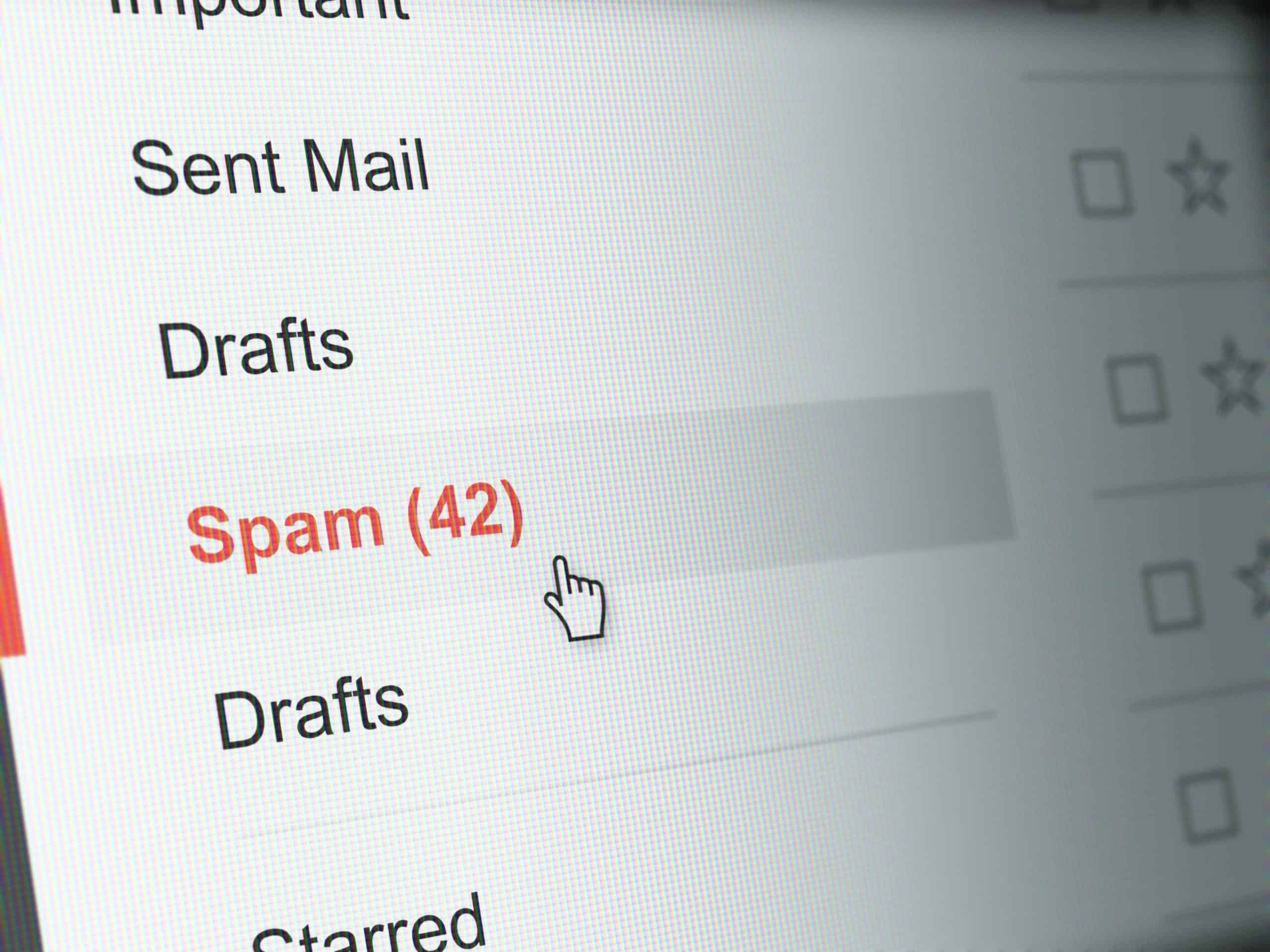
1. Do an Email Discoverability Test
Do this before sending your email to identify any issues that might have slipped through the cracks. Features on different tools can range from a discoverability score to spam checker.
2. Avoid using Spam Trigger Words & Phrases
Words and phrases that often show up as red flags include “free”, “earn money”, “extra cash”, “best price”, “cheap”, “no fees”, “get paid”, “click below”, “#1”, “win”, “winner”, “cancel at any time”, “compare”, “sign up free today”, “free gift”, “congratulations”, “fantastic deal”, “promise you”, “don’t hesitate”, “limited time”, “offer expires”, “order now”, “order today”, etc. Spam trigger words can be categorized as anything that sounds overly salesy.
3. Don’t Buy Email Lists
People who haven’t signed up to your newsletter are more likely to mark you as spam. The more you’re marked as spam, the more you’re likely to be sent to the junk folder in other people’s inboxes as you’re already on the email providers’ spam radar.
4. Stop Emailing Bounced Email Addresses
It’s probable that these email addresses are no longer in use, so your emails will continue to bounce. Internet service providers use bounce rates to indicate your reputation, and a high bounce rate can lead to them sending you straight into junk across the board. Instead, maintain a clean and active email list – stay on top of your email hygiene.
5. Avoid All Caps & Extreme Punctuation
Extreme punctuation could be “!!!!!” or “???”. Avoid both of these, whether in the main email body or the subject line. It gives the content a “spammy” feel.
6. Always Include an Unsubscribe Button
Including an unsubscribe button in the email is important for email hygiene. Most commonly, this should appear in the email footer.
7. Personalize
Always personalize your emails with the subscriber’s name. This way, ISPs recognize that you know your subscribers, and your subscribers are also more likely to engage.
8. Fix Glitches
Ensure there are no glitches in the email code. This is something that can be checked in an email discoverability test.
Need help with your email marketing game?
Our email marketing specialists can help you achieve success.
How to Craft the Perfect Subject Line
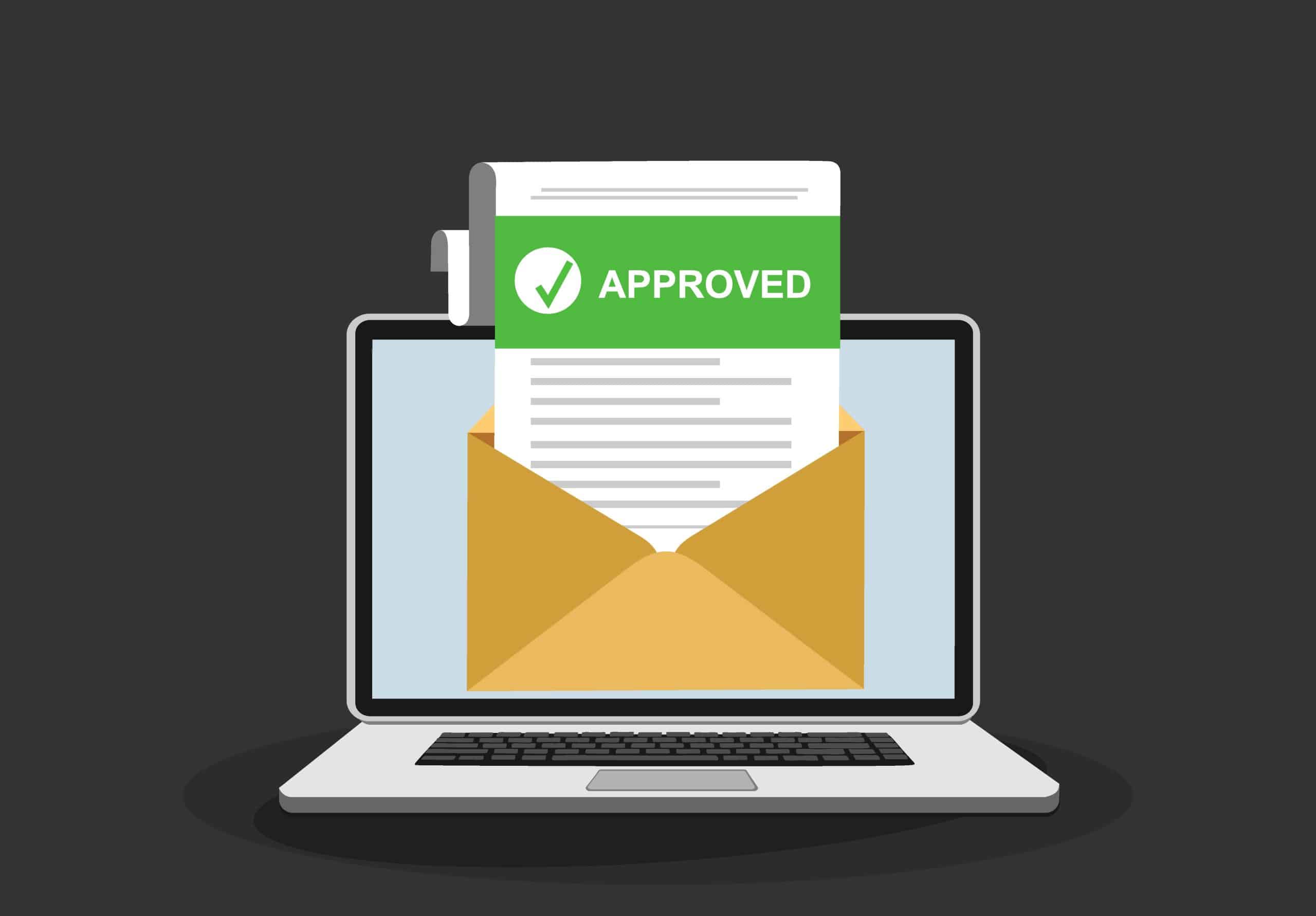
1. Character & Word Count
Stick to under sixty characters and under nine words. Anything after that will be cut off as it appears in people’s inboxes, so it doesn’t bring much value.
2. Important Words Go First
In the same vein, put your most important words first to avoid them appearing after the cut-off point. Different devices, sized screens and settings show subject lines differently and could cut off more than you’re expecting, so it’s best to launch your strongest foot first.
3. Remove Unnecessary Words
Remove any unnecessary words that don’t bring added value. Forget your “hello”, “thanks” or other generic words.
4. Be Specific
Give a clear indication of what’s inside the email so people know what it’s about. Use keywords to help identify the email topic.
5. Personalize
Personalize the subject line to avoid spam folders, improve engagement levels and offer a more targeted user experience.
6. Generate Excitement
Pique people’s curiosity. While it’s often recommended to be straight to the point, sometimes creating a sense of mystery can encourage users to open your email and generate excitement.
7. Be Compelling
Keep it compelling with an enticing call-to-action. You need to get creative with your words and offer the audience an incentive too.
8. A/B Test
A/B test two subject lines against each other to build data on what resonates best with your subscriber list. The one with the highest open rate will be a good indicator for what type of subject line you should write going forward.
FAQs
Email marketing is the method of sending promotional messages to people en masse. Most often, the purpose of email marketing is to generate conversions (from sales to follows), leads or just promote new products, services and general brand awareness.
Email marketing allows you to connect with customers, build a loyal following, nurture relationships, build brand awareness, promote your products/ services/ events/ updates, and increase conversions, leads and profits.
Email marketing should be used for general company updates, holiday greetings, or when you have an event, product launch, new service, sale. Of course there are so many other times when you can run an email marketing campaign, it’s totally dependent on your business and what valuable information you have to share with your customers
.






